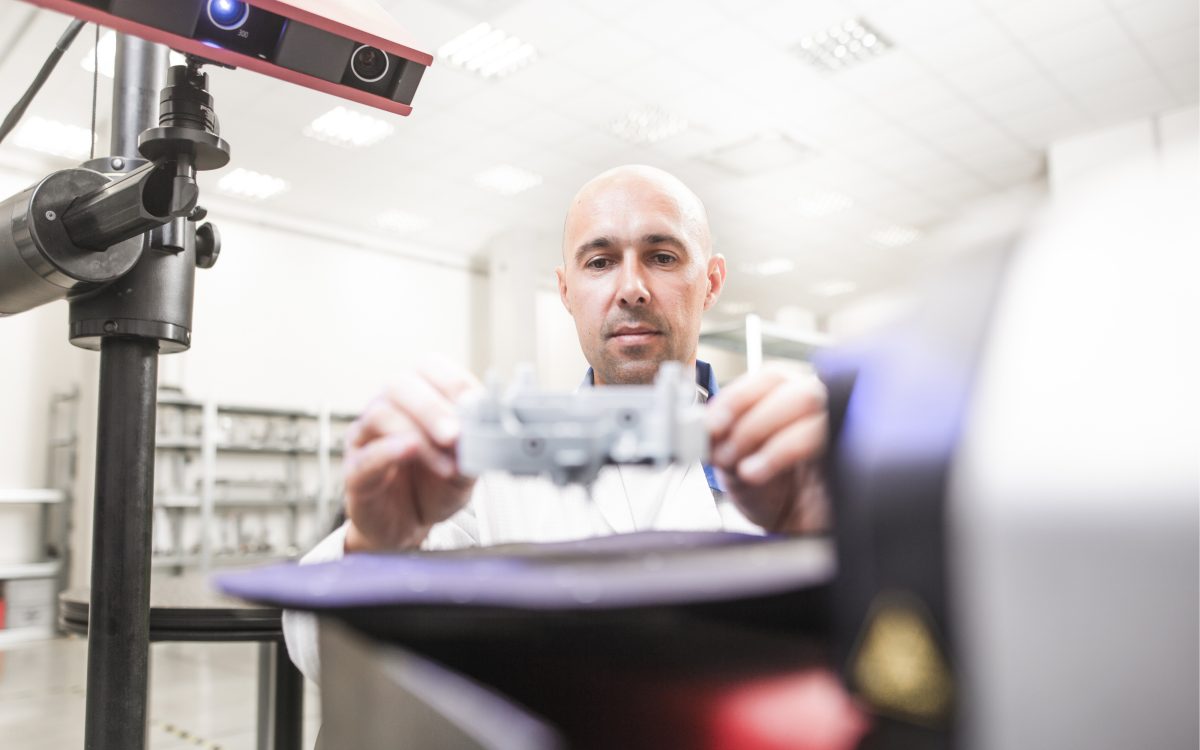
The Significance of Prototyping in Product Development
Introduction: Prototyping is a critical phase in product development, enabling the creation and testing of models to validate design concepts before mass production. This process helps identify issues early and refine product designs.
Prototyping Techniques:
- 3D Printing: Rapid prototyping with 3D printers allows for the quick creation of physical models, facilitating design validation and iteration.
- CNC Machining: CNC machines produce precise prototypes from various materials, including metals and plastics, supporting detailed evaluation and testing.
- Virtual Prototyping: Software tools simulate product performance, enabling designers to test and optimize features before creating physical prototypes.
Applications in Product Development:
- Design Validation: Prototypes help validate design concepts, functionality, and ergonomics, ensuring that the final product meets user needs and expectations.
- User Testing: Functional prototypes enable user testing and feedback, leading to improvements in design and usability.
- Iterative Refinement: Multiple prototype iterations refine product features and performance, reducing risks and enhancing the final product quality.
Impact: Effective prototyping accelerates the development process, reduces costs, and ensures high-quality products. By addressing design issues early and incorporating user feedback, prototyping supports the creation of successful and market-ready products.








